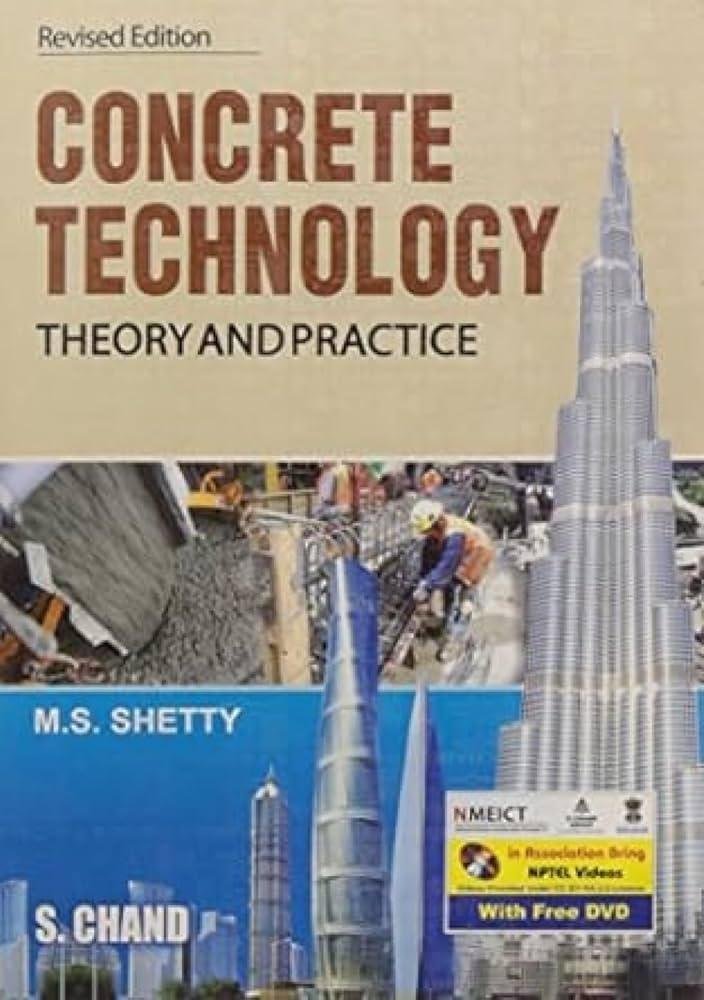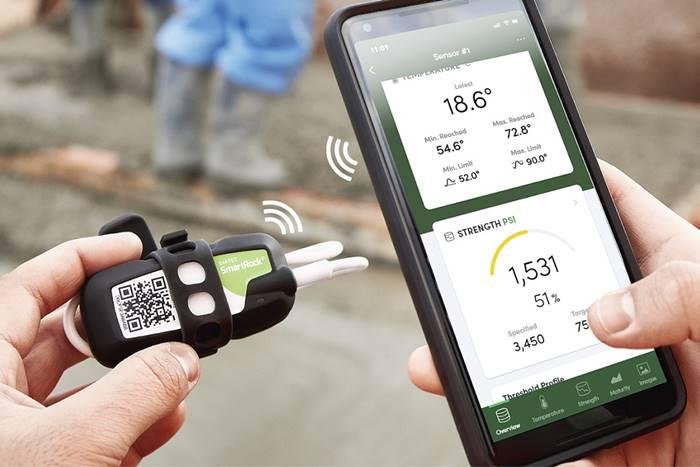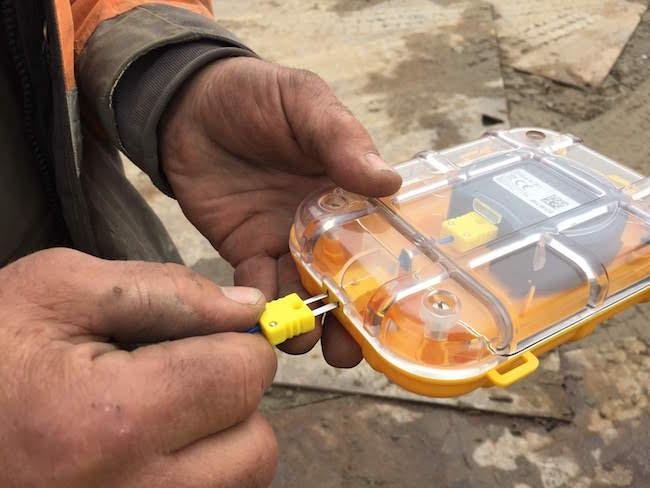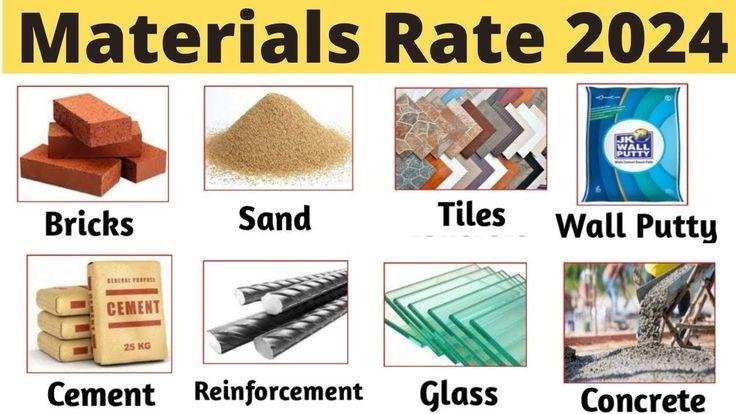Concrete, the very backbone of contemporary roadways, faces a decisive moment. As climate unpredictability and swelling urban populations generate mounting pressures on current infrastructure, advancing concrete technology could create new paradigms in how roads are built and sustained. Curiously, it is not just compressive strength that garners research interest now; permeability resistance and novel applications consume equal mindshare.
At World of Concrete 2025, innovations received remarkable emphasis—kitschy tech headlines aside—showcasing an expanded landscape for automation, materials science breakthroughs (yes, including nano-structured admixtures), and digital platforms transforming both masonry operations and end-user expectations. Digital transformation for ready-mix producers is gathering steam even faster than the aggregate delivery trucks themselves. Data-driven insights allow tighter quality control on construction sites where just-in-time logistics sometimes cause more headaches than potholes.
High-performance concrete (HPC) deserves mention as a linchpin in this transformation. These formidable mixes boast augmented durability against chemical ingress while providing resilience to freeze-thaw cycles—surpassing specifications that seem static but rarely tell the full tale about performance under duress. Yet HPC does more: self-consolidating types nearly flow elegantly into recesses without vibration. Ironically enough though labor costs drop as formwork filling accelerates; concerns over mix stability often climb with poorly supervised deployment.
With renewed scrutiny upon global warming potential (GWP), researchers are channeling creative energy into supplementary cementitious materials (SCMs). Industrial waste byproducts such as fly ash or slag metamorphose into eco-friendly substitutes replacing portions of Portland cement—offering greenhouse gas cuts on par with some renewable energy leaps. Arguably though these alternative binders introduce their own peculiarities; variable composition can confound designers seeking reproducibility in large-scale pours.
Swift decline in traditional construction methods seems inevitable given artificial intelligence’s recent uptick within material optimization workflows—not merely logistics or predictive maintenance alone. In practice: machine learning combs through meteorological archives adjoined with traffic load matrices to suggest optimal concrete proportions uniquely suited for one highly peculiar stretch of highway pavement instead of another generic template.
Nevertheless fabrication advancements don’t always translate directly onto job sites as expected—the human element asserts itself unpredictably despite automation’s inexorable march forward. Sometimes project managers let intuition mingle awkwardly with data dashboards; efficiency gains oscillate from dazzling leaps to frustrating bottlenecks within days depending on crew adaptation rates.
An area sometimes sidelined during conversations around technological disruption is SCM integration’s peculiar effect upon workflow timing—mixes containing excess silica fume occasionally require longer curing windows which interrupts sequential paving logic favored by conventional project planners unaware of such nuances. Paradoxically certain projects have noted faster completion due partly to optimized SCM blends offsetting extended curing intervals through improved early-age strength gains—a reversal from projected schedules that leaves some engineers bemused.
Automation enters at several dimensions—but nowhere so thoroughly disruptive as supply chain management innovations powered by predictive analytics tools now standardizing across top-tier firms. Micro-level adjustments ripple outward: one batch plant leverages real-time sensor telemetry while a simultaneous dispatch center somewhere else recalibrates deliveries based on fluctuating weather bands observed via satellite feed, which although initially confusing may actually lead eventually toward less waste overall rather than more confusion after all.
Another tangent worth meandering is lifecycle analysis shifting focus away from first-cost obsession towards holistic sustainability metrics encompassing use-phase maintenance frequency reductions—a crucial aspect since HPC roadbeds often demand fewer patches even under freight-heavy corridors compared to older mixtures. On projects adjacent industrial zones or marine environments where corrosion risk lurks beneath surface polish SPCs sometimes become economic nonstarters unless performance premiums translate plainly onto invoice sheets before procurement committees’ scrutiny sets in.
Perhaps unexpectedly amid progress narratives there remains reluctance among certain municipal agencies regarding adoption pace—not all innovations receive warm embraces overnight despite proof-of-concept sections exceeding expected service life without major remedial interventions so far reported anywhere notable yet this quarter anyway.
With AI-powered paving machines inching closer towards mainstream deployment every year—the finish line almost visible—they adjust compaction pressure instinctively according to embedded temperature readings mid-pour instead of relying solely upon operator gestalt honed over decades but now occasionally prone to misjudgments during night shifts when dew point algorithm cues slip quietly below perception thresholds.
Future trajectories will likely involve hybrid strategies merging digital rigor alongside time-tested field experience; new admixtures promising amphibious capabilities might sidestep issues like chloride attack outright rather than only delaying failure progression—though arguably conventional wisdom still holds sway over mainline projects until regulatory frameworks catch up fully with laboratory evidence emerging out-of-sequence amongst journal announcements nobody expected last season either remarkably enough.
Consequently whether spurred forward by urgent calls for expansion or methodical testing cycles stretching further than forecasted budgets permit each annual review period—it isn’t exclusively formulas bearing responsibility anymore but dynamic interplay between process innovation and stakeholder adaptation propelling the sector ahead unevenly but unmistakably nonetheless.




